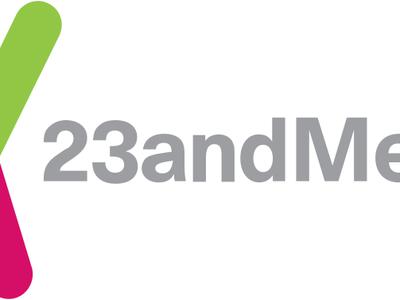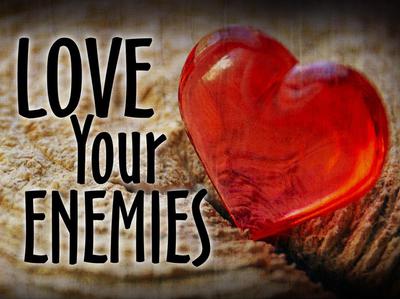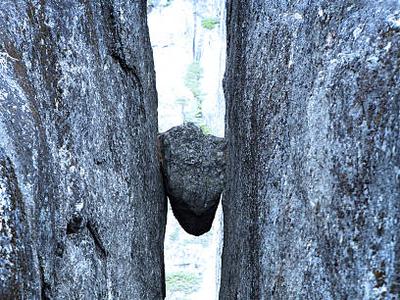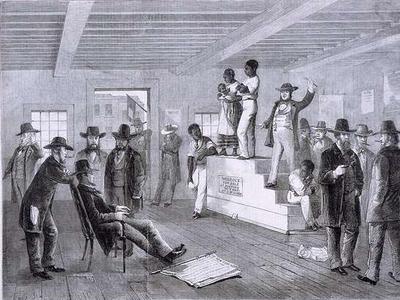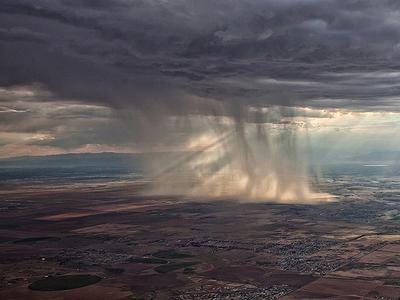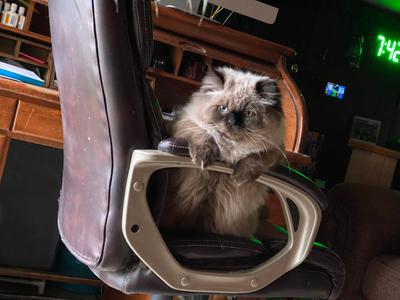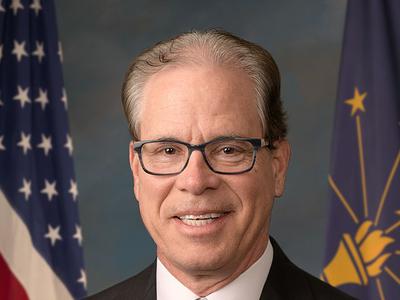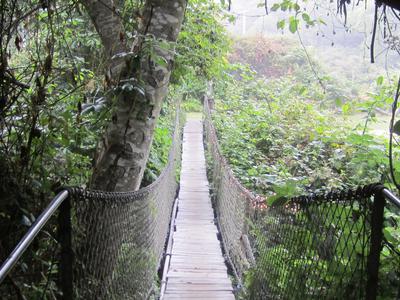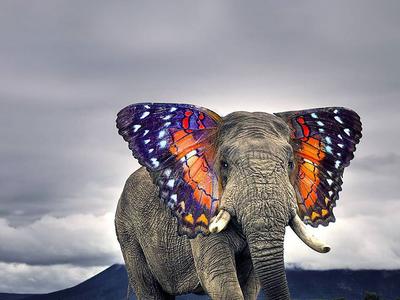
Cultureblend was created sometime after the year 2,000 by author Mark Wilkins to explain a phenomenon he noticed occurring in some of his writing. When he was creating the short story “The Commitment: which can be currently found in his book A Week’s Worth of Fiction 3, he noticed that he took elements from both African and Arabic cultures, mixed them with the concepts of male and female dominated societies and created the fictional nation of Dadastan which is where the story is set.
The story has elements that are familiar to different cultures but completely different from any of them. The fact that what was created is different from anything that existed before is what makes the story interesting and draws people in with the familiar elements used to attract them in the first place.
Wilkins coined the term Cultureblend to describe this phenomenon, of combining the elements of two or more cultures to create a totally new culture (which in this case is totally ficitious). He also believed that this cultureblend phenomenon was present in various commodity sectors besides literature, such as art, music, food and fashion. Wilkins looked at the culture of Aztlan as an exemplar.
Aztlan is a Cultureblend of ancient Aztec history and Mexican American Chicano culture. Aztlan refers to the desire to take back the lands of Northern Mexico taken by the U.S. after the Mexican American War. The belief behind Aztlan is that Chcanos have a primordial right to the lands and that it should be given back to set up an independent nation. This Cultureblend phenomenon is evidenced in both art and literature.
Aztlan is not an example of fusion. It doesn’t merely take Aztec history and Mexican American culture and fuse them together in a “this is part of our roots and we’re incorporating it into our current culture” kind of way. Instead, it takes an element from ancient Aztec culture (the historical place of Aztlan) and creates a place in Mexican American Chicano culture which expresses its desires. The Aztlan referred to in Chicano Art and Literature doesn’t actually exist outside of the Chicano culture and has helped create Chicano culture. It is, in fact, a hallmark of that culture which is itself a Cultureblend of Mexican American and indigenous cultures from within Mexico.
Early on, Wilkins encountered people confusing Cultureblend with Fusion, He got several people asking him why he created the term Cultureblend instead of just calling the phenomenon he noticed Fusion? To help answer these questions, Wilkins looked to dictionary definitions of the word Fusion.
Fusion, according to Webster’s Dictionary, is a merging of diverse, distinct, or separate elements into a unified whole. Cultureblend, according to the Urban Dictionary, is a style of creating art, literature, music, food or fashion that blends elements of two or more different cultures in a way that creates a new and different culture.
Wilkins further explained how Cultureblend differs from Fusion by using the following comparison. Fusion is like taking branches from an apple tree and grafting on branches of a pear tree. Doing so creates an Apple-Pear tree, that is, a tree which has both apples and pears growing on it. Cultureblend is like taking the genetic material from an apple and a pear and creating an entirely new fruit which has the outside of a pear but tastes like an apple. You might call a pearple.
While fusion creates a whole with elements of different things it merely merges them to create a hybrid of both of them. It doesn’t create something new and different from all of its elements. It doesn’t have to refer to culture. Cultureblend refers only to cultural elements. It creates something new and different out of the blending. It is the cultural element and the creating of something new and different from all of the elements that created it that makes Cultureblend different from Fusion.
Mr. Wilkins is still actively seeking examples of the Cultureblend phenominon especially in food and fasion. If you notice any elements of Cultureblend in food or fashion, feel free to write Mr. Wilkins at: markwilkinsauthor@gmail.com
Copyright 2018 Loveforce International Publishing Company. All Rights Reserved.


